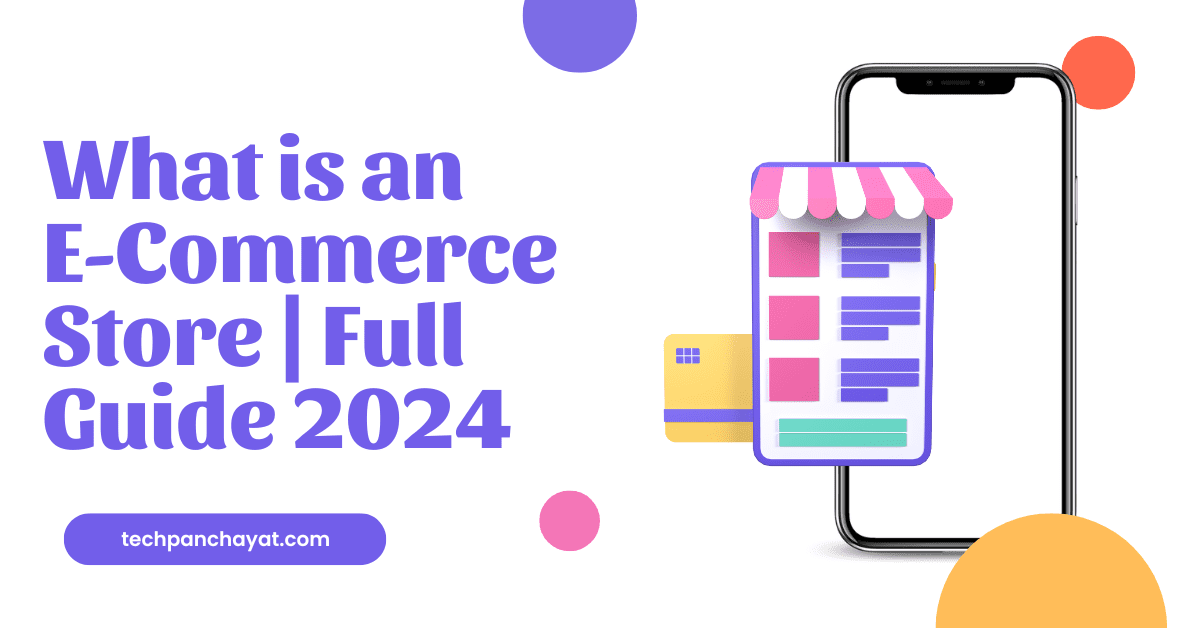The digital landscape has drastically transformed the way businesses operate, offering new opportunities for entrepreneurs to reach a global audience. One of the most popular and effective ways to capitalize on this trend is by starting an e-commerce store. This comprehensive guide will walk you through everything you need to know about e-commerce stores in 2024, from understanding what they are to setting one up and successfully running it.
Definition and Relevance
E-commerce, or electronic commerce, involves buying and selling goods or services over the internet. It has become increasingly popular due to its convenience and accessibility. An e-commerce store allows businesses to reach a global audience without the limitations of a physical location.
Types of Products to Sell
Physical Products
Physical products include tangible items such as clothing, electronics, and home goods. These products require inventory management, shipping, and handling.
Digital Products
Digital products, such as e-books, software, and online courses, can be delivered electronically, eliminating the need for physical inventory and shipping.
Setting Up an Online Store
To set up an online store, you’ll need to choose a niche, source products, and create a website. Essential steps include registering a domain name, selecting an e-commerce platform, and designing a user-friendly interface.
E-commerce Platforms
Shopify
Shopify is a popular e-commerce platform known for its ease of use and extensive app ecosystem. It offers customizable templates, secure payment options, and comprehensive support.
WooCommerce
WooCommerce is an open-source e-commerce plugin for WordPress. It provides flexibility and scalability, making it suitable for businesses of all sizes.
BigCommerce
BigCommerce is a robust platform that offers advanced features such as multi-channel selling, SEO tools, and analytics. It’s ideal for businesses looking to scale quickly.
Marketing Strategies for E-commerce
Effective marketing strategies include search engine optimization (SEO), social media marketing, email marketing, and paid advertising. These methods help drive traffic to your store and increase sales.
Challenges and Solutions in E-commerce
Common challenges in e-commerce include competition, managing logistics, and ensuring customer satisfaction. Solutions involve continuous market research, optimizing operations, and providing excellent customer service.
Success Stories in E-commerce
Numerous businesses have found success in e-commerce, such as Amazon, Zappos, and Warby Parker. These companies started small and grew into industry leaders by leveraging innovative strategies and prioritizing customer experience.





